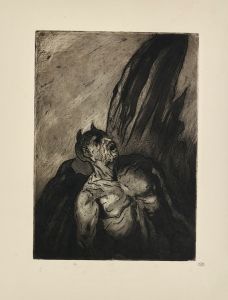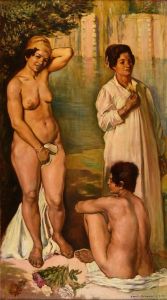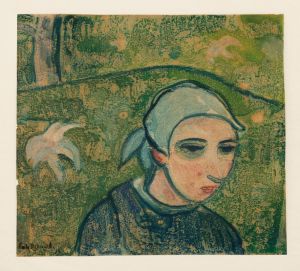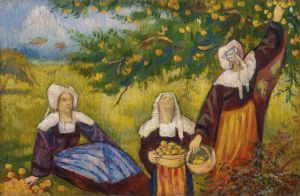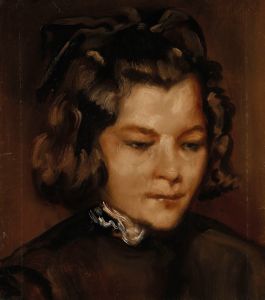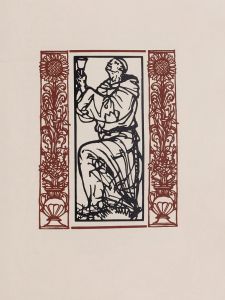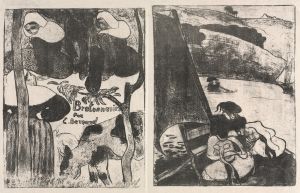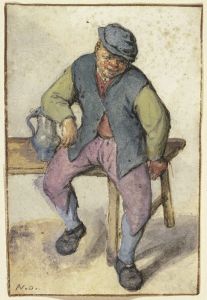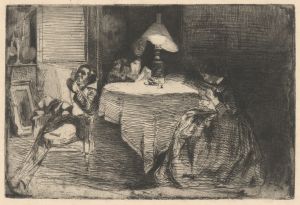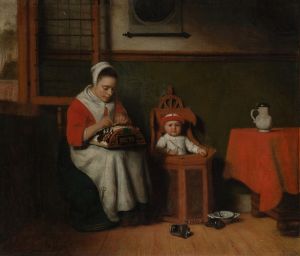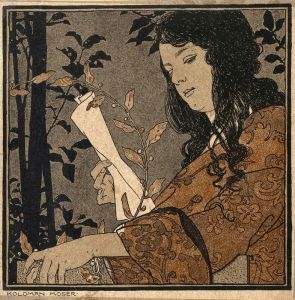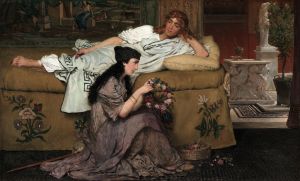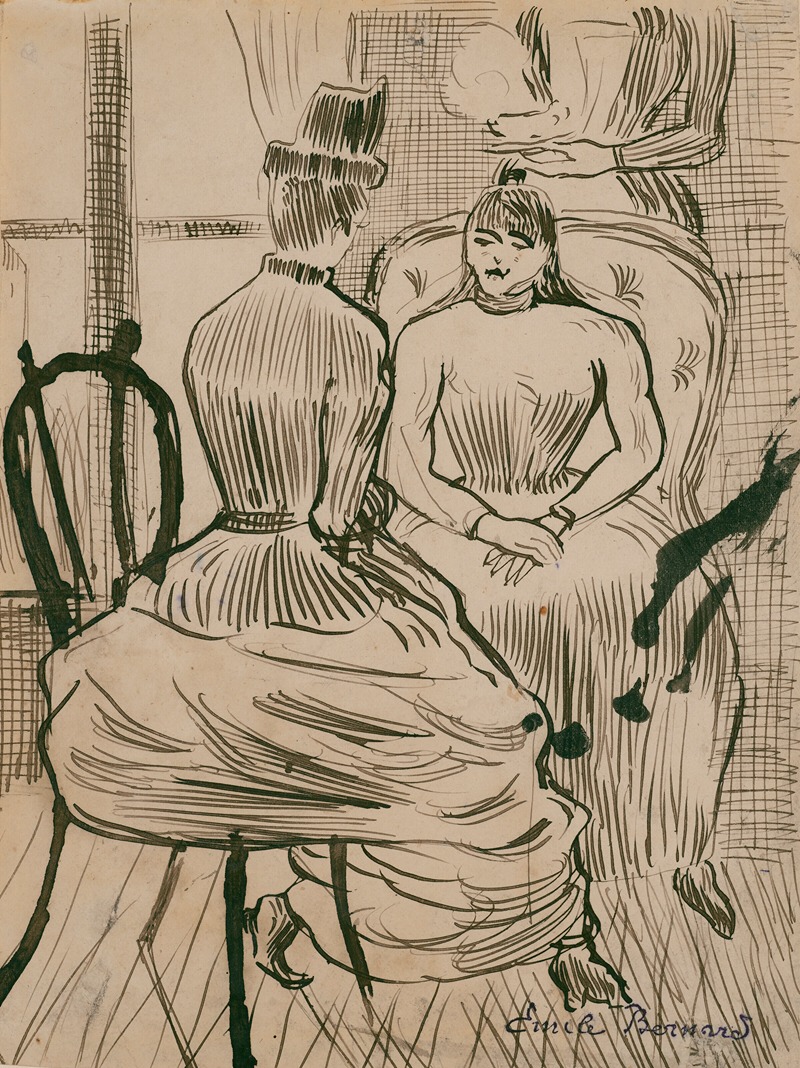
La Conversation
A hand-painted replica of Emile Bernard’s masterpiece La Conversation, meticulously crafted by professional artists to capture the true essence of the original. Each piece is created with museum-quality canvas and rare mineral pigments, carefully painted by experienced artists with delicate brushstrokes and rich, layered colors to perfectly recreate the texture of the original artwork. Unlike machine-printed reproductions, this hand-painted version brings the painting to life, infused with the artist’s emotions and skill in every stroke. Whether for personal collection or home decoration, it instantly elevates the artistic atmosphere of any space.
Émile Bernard's painting "La Conversation" is an exemplary work that reflects the artist's unique style and contribution to the Post-Impressionist movement. Émile Bernard (1868–1941) was a French painter and writer, known for his significant role in the development of modern art in the late 19th and early 20th centuries. He was closely associated with other prominent artists of his time, including Vincent van Gogh, Paul Gauguin, and Paul Cézanne.
"La Conversation" is a testament to Bernard's innovative approach to composition and color. While specific details about the painting's creation, such as its exact date, are not widely documented, it is generally placed within the period of Bernard's active involvement with the Pont-Aven School. This group of artists, centered in the Brittany region of France, was instrumental in the evolution of Symbolism and Synthetism, movements that sought to express ideas and emotions through simplified forms and bold colors.
Bernard's style during this period was characterized by the use of cloisonnism, a technique that involves outlining areas of flat color with dark contours, reminiscent of stained glass. This method was influential in the development of Synthetism, which emphasized the synthesis of form and color to convey meaning. "La Conversation" likely exhibits these stylistic elements, showcasing Bernard's departure from the naturalistic representation of subjects in favor of a more abstract and symbolic approach.
The painting's subject matter, as suggested by its title, revolves around a conversation, which may imply an exploration of human interaction and communication. Bernard's works often depicted everyday scenes imbued with a sense of timelessness and introspection, and "La Conversation" is presumed to follow this thematic inclination. The figures in the painting are typically rendered with a focus on their expressive potential rather than detailed realism, inviting viewers to engage with the underlying narrative or emotional context.
Émile Bernard's collaboration and exchanges with contemporaries like Gauguin were pivotal in shaping his artistic philosophy. His contributions to art theory and criticism, alongside his paintings, underscore his intellectual engagement with the artistic currents of his time. Bernard's influence extended beyond his own works, impacting the trajectory of modern art and inspiring future generations of artists.
While "La Conversation" may not be as widely recognized as some of Bernard's other works, it remains an important piece within his oeuvre, reflecting the innovative spirit and artistic exploration that defined his career. Bernard's legacy as a pioneer of Post-Impressionism and his role in the broader narrative of art history continue to be appreciated by scholars and art enthusiasts alike.
In summary, Émile Bernard's "La Conversation" is a significant work that encapsulates the artist's stylistic evolution and his contributions to the Post-Impressionist movement. Through its use of color, form, and thematic depth, the painting exemplifies Bernard's commitment to exploring new artistic frontiers and his enduring impact on the world of art.





